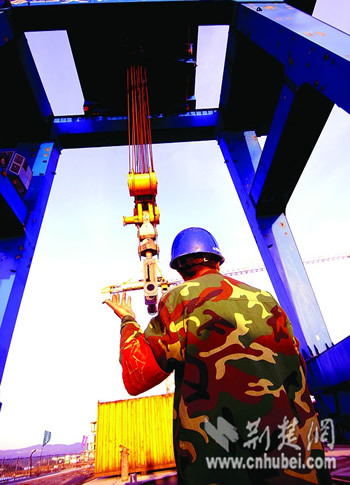China would accelerate the construction on the country's huge south-to-north water diversion project next year, head of the project office Zhang Jiyao said on Monday.
The South-to-North Water Diversion Project is designed to divert water from the water-rich south of the country, mainly the Yangtze, the country's longest river, to arid northern parts.
|

|
|
In the picture taken on November 25, 2008 is the construction site of the Danjiangkou Dam located in Hubei Province, one major part of China's South-to-North Water Diversion Project. The country would accelerate the construction on the its huge south-to-north water diversion project next year, head of the project office Zhang Jiyao said on December 15, 2008. |
The huge project consists of eastern, middle and western routes. The eastern and middle routes are already under construction. The western route, meant to replenish the Yellow River with water from the upper reaches of the Yangtze through tunnels in the high mountains of western China, is still at the planning stage.
Zhang said a number of key projects along the eastern and middle routes would start next year. He added that investment of up to 254.6 billion yuan (about US$37.2 billion) had been allowed by the State Council, or the Cabinet, for the phase-one projects along the eastern and middle routes.
The Project's statistics showed that a total 45.67 billion yuan of investment have been earmarked for the huge water project by the end of November, and 22.39 billion yuan had already been spent, with 4.16 billion yuan on the eastern route and 18.23 billion yuan on the middle route.
Sections of the project in Shandong and Jiangsu provinces along the eastern route had been completed, as well as the section linking Shijiazhuang, capital of Hebei Province, and Beijing, Zhang said.
Upon the completion of a major canal linking Shijiazhuang and Beijing, an emergency diversion had been started in September to supply about 300 million cubic meters of water to the Chinese capital until March 10, to ease water shortage in Beijing.
According to the project office, about one billion cubic meters of water could be diverted to Beijing annually, when that part of the huge project is completed in 2010.
(Xinhua News Agency December 16, 2008)